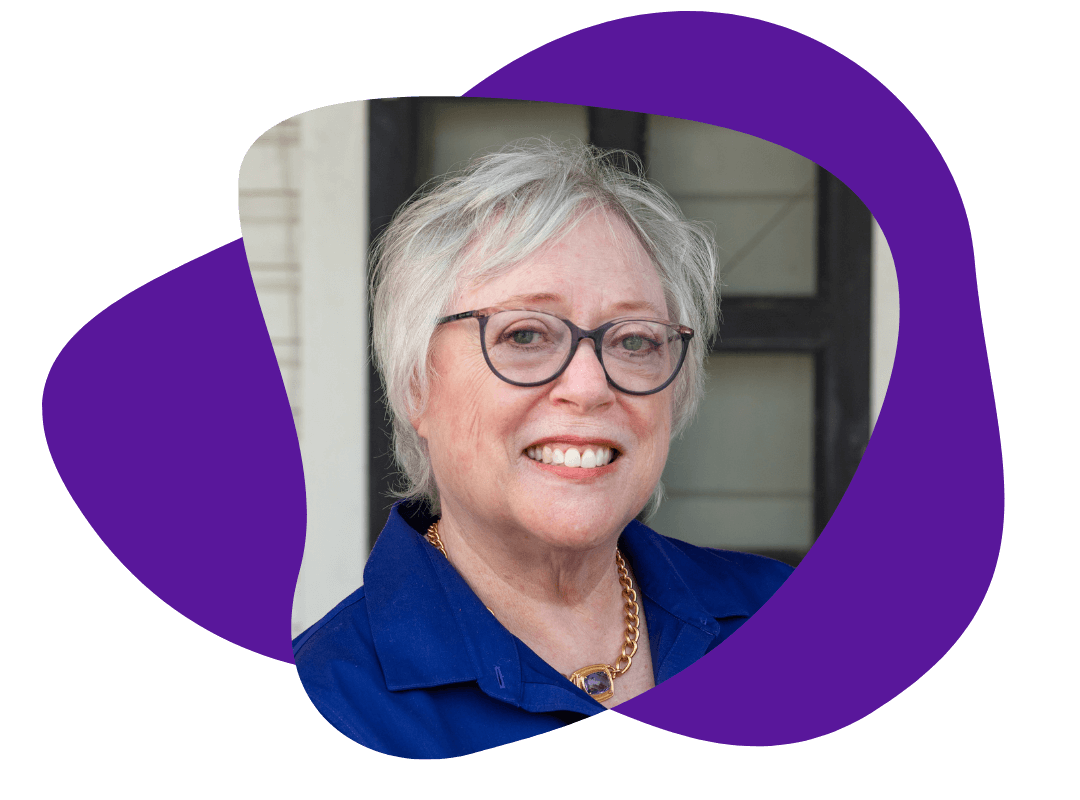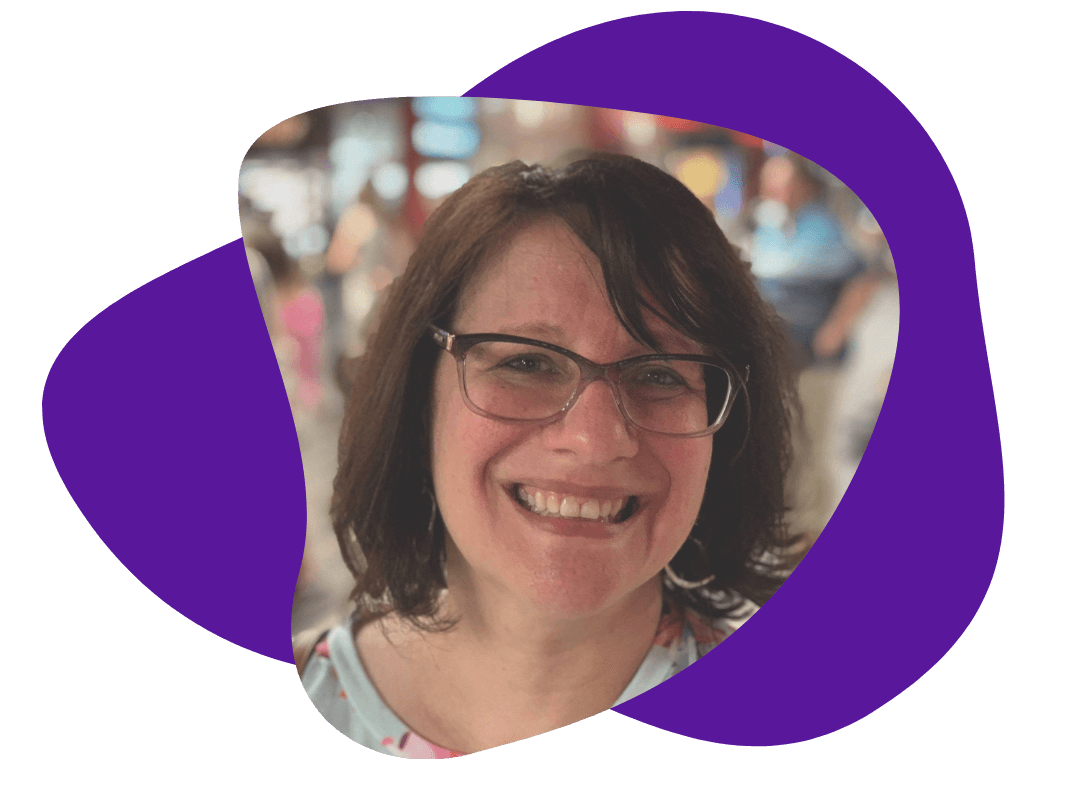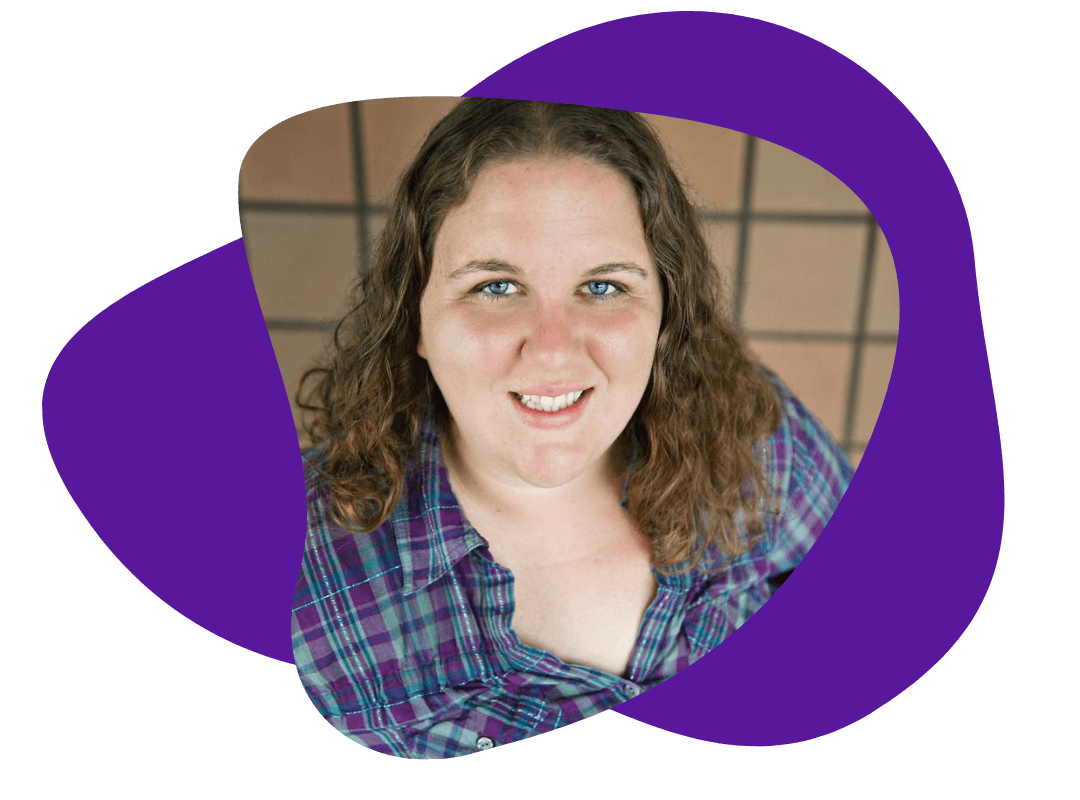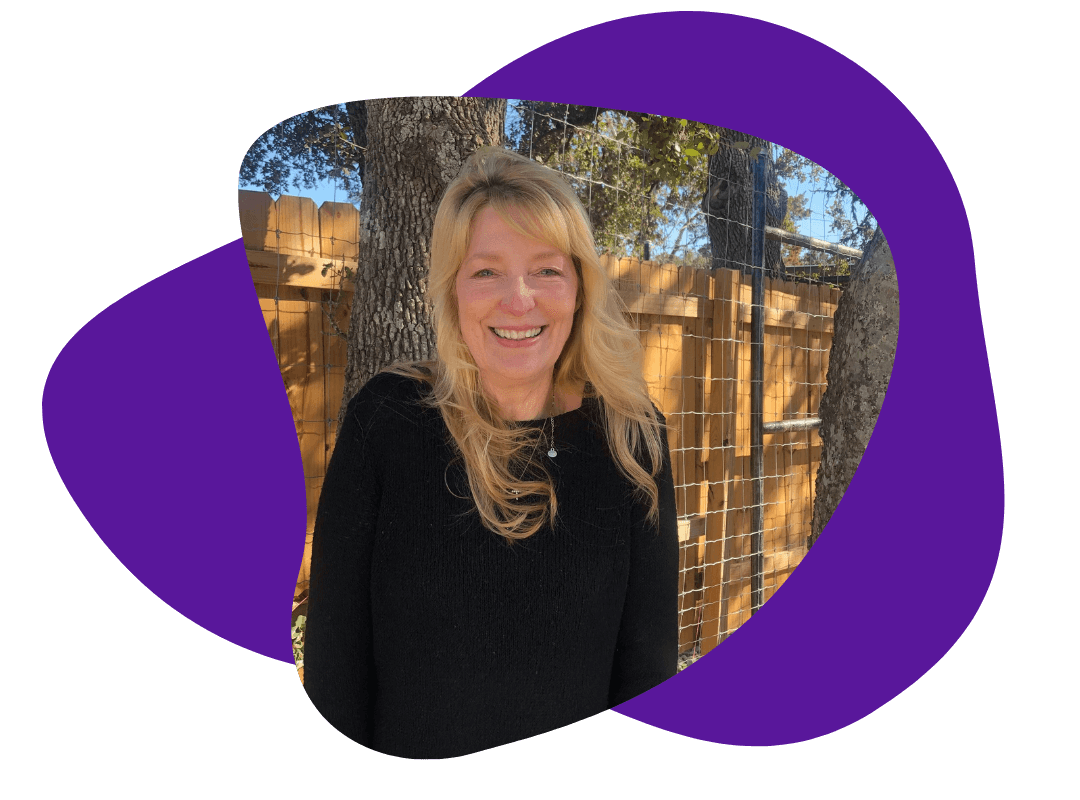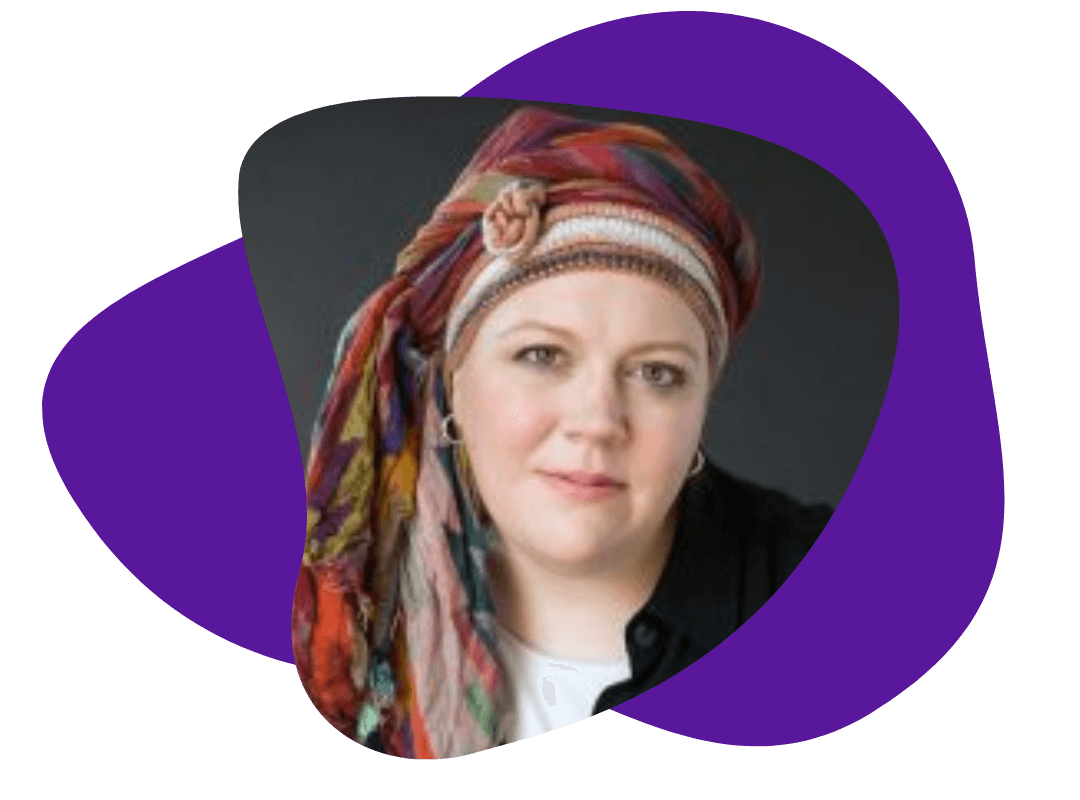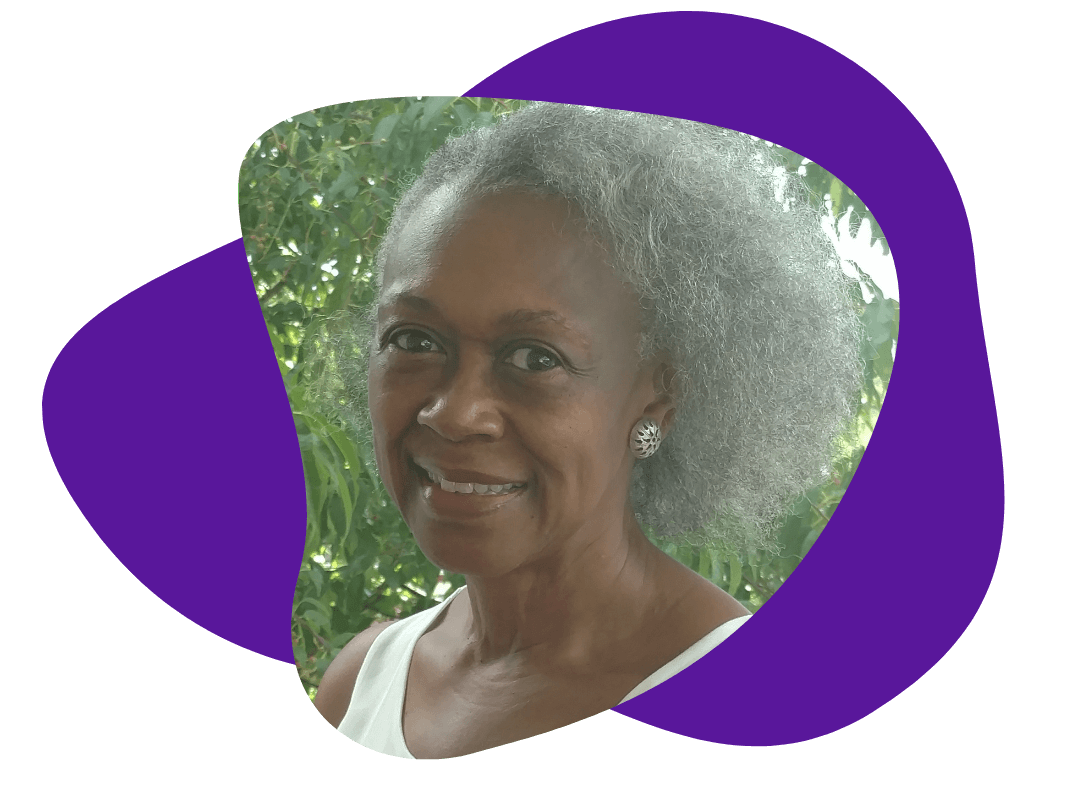Exploring Literacy Gaps in America: Insights from the Barbara Bush Foundation
February 6, 2025
During a recent TWFH team call, one of our writers shared a fascinating website from the Barbara Bush Foundation that maps literacy rates across the U.S.
As we explored the data, one statistic jumped out—130 million American adults, or 54% of those between 16 and 74, read below a sixth-grade level. That’s more than half of all adults struggling with basic reading! And the impact goes way beyond just books—low literacy is closely tied to poverty, poor health, and fewer job opportunities. It’s a problem that affects entire communities, not just individuals.
One of the most interesting takeaways was the regional divide. The Midwest and Northeast tend to have stronger, more consistent literacy rates, while the South and West have more variation from county to county. That tells us a lot about the role of education funding, local policies, and access to resources. Some areas clearly have more support for literacy programs, while others are falling behind.
This isn’t just a matter of personal effort—where you live can make a huge difference in your ability to develop strong reading skills.
Another challenge? A lack of updated data.
The last full-scale national literacy assessment was in 2003—over 20 years ago! Since then, we’ve had smaller studies, but we still don’t have a clear picture of how adult literacy is changing over time.
More research, better funding, and stronger literacy initiatives are all crucial in closing these gaps. The Barbara Bush Foundation’s work is an amazing step in the right direction, helping to shine a light on this issue. But lasting change will take continued awareness, advocacy, and action.






